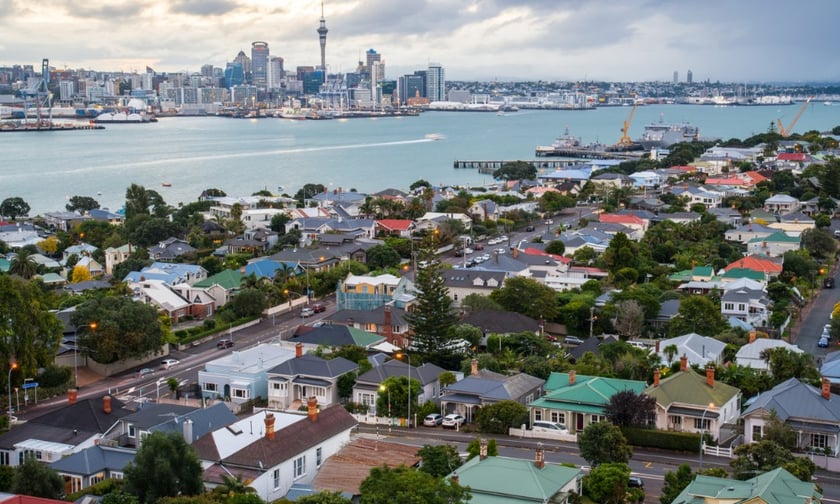

The Auckland council is poised to make critical decisions concerning the acquisition of homes battered by severe weather events – Cyclone Gabrielle and the North Island floods – earlier this year.
The aftermath of these calamities prompted an outpouring of more than 2,400 public submissions regarding the council's approach to purchasing storm-affected residences. According to an RNZ report, 83% of the submitters expressed their support for the council's proposal to allocate just under $2 billion for storm recovery efforts.
Outlined in the plan is an allocation of $820 million earmarked for bolstering water resilience. This fund will be directed towards establishing “bluegreen networks” in flood-prone areas and rejuvenating streams to enhance their resilience against floods.
In addition, $390 million has been set aside for transportation recovery. This fund will address repairs to ravaged roads and bridges, encompassing vital structures such as the Mill Flat Road bridge, access routes to Karekare and Piha, various roads in west and north Auckland, as well as roads on Aotea/Great Barrier Island.
A significant part of the proposed plan involves a budget of up to $774 million to acquire approximately 700 category 3 homes. In cases where additional homes are identified as posing severe risks to occupants during adverse weather conditions, the central government and the council will collaborate to chart out the subsequent course of action.
The criteria for eligible properties are clear: they must be residential, endure damage from severe weather during January and February 2023, pose an intolerable risk to life, and lack viable mitigation measures.
Still on the agenda for a council meeting is a comprehensive review of policies regarding category 3 properties. This includes defining these properties, considering differential treatment for holiday homes and rentals, devising methods to set buyout prices, and determining the extent of owner contributions.
During a recent session, representatives from Muriwai Stickered Residents Group, Piha/Karekare/Anawhata Stickered Residents Group, and Auckland Stickered Residents Group made presentations to the council's governing body.
Auckland Stickered Residents' Group emphasised the community's desire for a fair and inclusive decision-making process that considers the welfare of families affected by these circumstances.
A survey conducted by the group revealed that 60% of respondents were apprehensive about risks to human lives, highlighting the challenges in categorising the damaged homes accurately. Moreover, 67% expressed concerns regarding valuations and their ability to reinvest in their communities.
Residents in category 3 properties will have the option of a voluntary buyout facilitated by the council, with costs shared between the government and the council. Additionally, funding is made available by both entities to assist individuals in category 2 houses, enabling alterations to mitigate unacceptable risks in future storms.
A few weeks ago, the government also welcomed an agreement with Hawke’s Bay mayors and the regional council chair for a package including cost sharing for buying out high-risk category 3 properties in the region.
What are your thoughts on this story? Please feel free to share your comments below.
